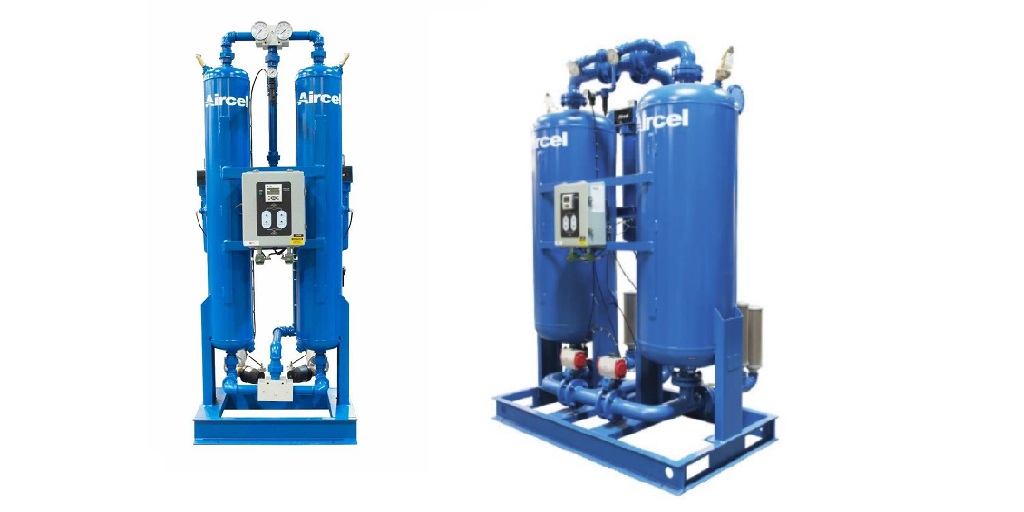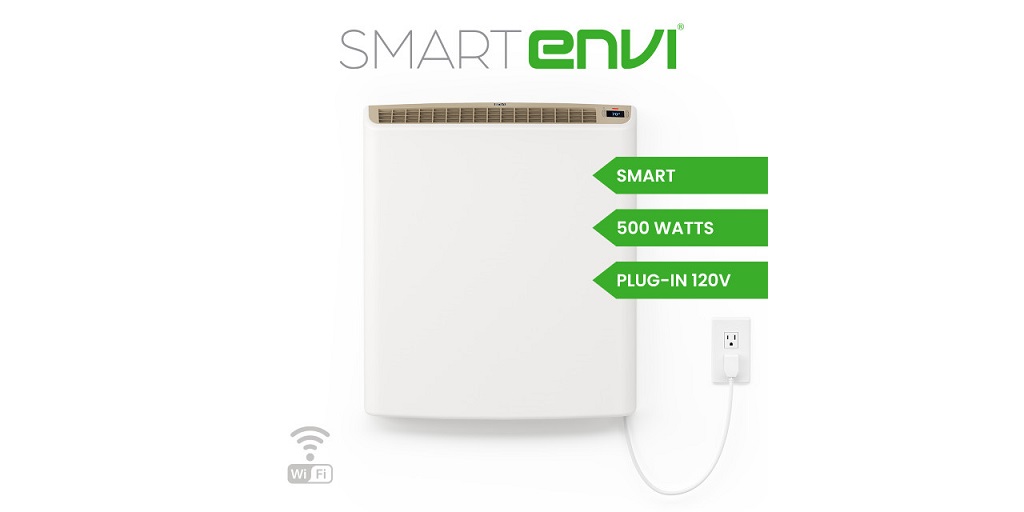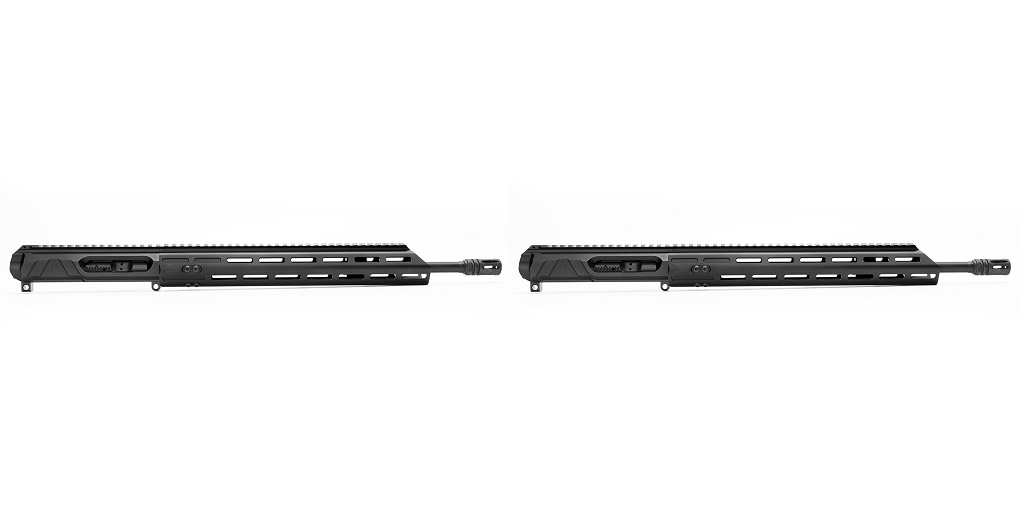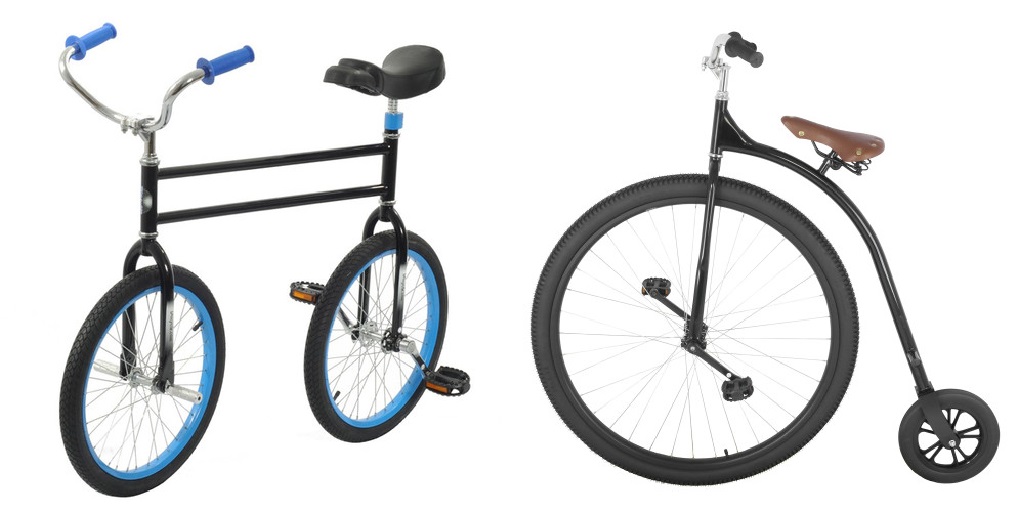
by tonystark | Sep 24, 2025 | Others
If you run a small-batch winery or artisanal beverage plant, you already know how critical each stage of production is. But what many producers overlook is how unseen moisture in compressed air can quietly sabotage everything from bottle rinsing to labeling. Mold, faulty seals, and damaged reputations can all trace back to one thing: unfiltered, humid air.
This is where a compressed air dryer proves indispensable—especially for operations that rely on air-powered bottling equipment and are concerned about preserving product quality at every step.
Where Compressed Air Meets Craft Bottling
In any beverage bottling line, compressed air is used across multiple touchpoints:
- Rinsing bottles before filling
- Operating pneumatic capping and corking equipment
- Labeling and date-coding
- Moving bottles via air-powered conveyors
- Flush out residuals without introducing water-based contaminants
- Powering diaphragm or piston pumps for transferring wine or juice between tanks
- Controlling automated valves and actuators that regulate product flow and pressurization
- Drying bottles or cans before labeling using air knives or nozzles
- Nitrogen blanketing or purging via compressed air-assisted valves
- Help pull air out of the bottle before cork insertion
Each of these tasks depends on air that’s free from water vapor, oil, and particulates. Even trace moisture in compressed air can condense within the system and reach the product or equipment. In industrial-scale production, this risk is often mitigated through elaborate filtration and drying systems, but for smaller producers, the solution must be both effective and scalable.
Why Moisture is a Hidden Threat
Moisture in compressed air doesn’t announce itself immediately. Over time, however, it can create significant problems:
- Mold growth inside bottles that were supposedly pre-rinsed
- Compromised seals due to humidity affecting capping torque
- Label adhesion issues from condensation
- Corrosion in pneumatic tools and valves
- Product recalls or reputation damage tied to contamination risks
In an artisanal or small-batch setting where reputation hinges on consistency and trust, these risks are too great to ignore.
The Role of a Compressed Air Dryer in Quality Control
A compressed air dryer removes moisture from the air before it reaches any point-of-use equipment. There are several types—refrigerated, desiccant, membrane—but for most beverage bottling operations, a refrigerated dryer provides the best balance of efficiency, performance, and ease of use.
Refrigerated dryers cool the air to condense moisture, which is then drained off. This results in air that’s significantly drier and suitable for food-grade applications when used in conjunction with appropriate filtration.
For small-scale producers who are scaling operations or switching to semi-automated bottling lines, integrating a refrigerated compressed air dryer can mean the difference between a seamless operation and recurring quality control headaches.
Tailored Solutions for Artisanal Producers
Not every winery or craft soda operation has the luxury of a dedicated facility engineering team. That’s where working with knowledgeable suppliers becomes essential.
At Air & Vacuum Process, Inc., the focus is on helping small and mid-sized producers select the right air system for their workflow—balancing equipment size, dew point requirements, and maintenance schedules. They offer a range of dryers designed for different volumes and pressure ranges, including space-saving units ideal for compact production floors.
Whether your system runs daily or seasonally, a properly sized compressed air dryer can keep bottling lines clean, efficient, and protected from avoidable risks.
A Crucial Investment
In many ways, the quality of the air used in bottling is as important as the liquid going into the bottle. While consumers may never see the behind-the-scenes work of pneumatic systems, they will absolutely notice when mold appears in a bottle, or a label peels prematurely.
For small-batch producers looking to maintain high standards, reduce waste, and avoid costly downtime, investing in a reliable compressed air dryer isn’t just practical—it’s essential.
To learn more about equipment options suited for food and beverage bottling, visit Air & Vacuum Process, Inc. online and explore solutions built with precision and protection in mind.
For more information about Automatic Drain Valve and Natural Gas Dehydration Unit Please visit: Air & Vacuum Process Inc.

by tonystark | Sep 23, 2025 | Others
Creating a safe and comfortable sleep environment for your baby takes more than just soft sheets and blackout curtains. When temperatures drop, many parents start looking into the best way to keep their child’s room warm through the night. A space heater for nursery use sounds like a good idea—but not all heaters are created equal when it comes to safety, noise levels, and long-term comfort.
If you’re choosing a nursery heater for the first time, here’s what matters most.
Why Overheat Protection and No Hot Surfaces Matter
Safety isn’t just a feature—it’s a non-negotiable when you’re heating a baby’s room. Many traditional space heaters reach surface temperatures high enough to cause burns, and older models often lack essential safety shutoffs.
Look for a space heater for nursery use that has both overheat protection and a cool-to-the-touch design. Models like the Envi Wall-Mounted Heater are specifically engineered with low surface temperatures and zero exposed heating coils. Should anything go wrong—like a blanket accidentally covering the heater—the unit will automatically shut off to prevent a fire hazard.
This built-in safety makes a world of difference in a room where your baby may eventually start crawling or exploring.
Wall-Mounted vs. Freestanding: Which Is Safer for Crawlers?
Freestanding heaters may seem convenient at first—but once your baby starts crawling, walking, or pulling up on furniture, that convenience quickly turns into risk. Portable models can be tipped over, unplugged, or bumped into.
A wall-mounted space heater for nursery installation avoids all those issues. Units mounted out of reach can’t be knocked over or accidentally blocked, and they don’t have cords running across the floor. That means fewer hazards and a tidier setup—something every new parent appreciates.
Plus, mounting the heater a few inches above the baseboard allows for better airflow and circulation throughout the room. No need to worry about blocking vents or navigating clunky footprints on your nursery floor.
Silent Operation for Uninterrupted Sleep
Noise may not seem like a major factor until you’ve finally gotten your baby down for a nap—and a loud fan kicks in. Many portable space heaters rely on built-in fans to push hot air into the room, which creates a constant hum or mechanical whir.
The better option is convection-style heating, which warms the air gradually and silently. Envi heaters, for example, work without any fans. That makes them ideal for maintaining a consistent temperature without the ambient noise—letting your baby (and you) sleep more peacefully through the night.
If you’re using a white noise machine in the nursery, this also means no interference with the soothing sounds already in play.
Energy-Efficient Heating Without Drying Out the Air
It’s easy to assume that higher wattage equals better heat—but that logic doesn’t hold up in a nursery. You want consistent, gentle warmth without scorching the room or spiking your energy bill.
Low-wattage panel heaters strike the right balance. They keep the nursery warm without the blast of dry air you get from forced-air systems or fan heaters. That matters more than you think—overly dry air can irritate your baby’s sensitive skin and airways, especially during winter.
Smart heaters like the Envi are also designed to maintain healthy humidity levels while using less energy overall. You can program them to match your routine or use built-in modes like freeze protection and eco-mode to optimize temperature without constant adjustment.
Choosing the Right Space Heater for Nursery Peace of Mind
Being selective about the heater you use in your baby’s room isn’t overthinking—it’s responsible parenting. A wall-mounted, low-wattage, silent convection heater checks the boxes that matter most: safety, comfort, quiet operation, and efficiency.
If you’re looking for a well-tested, parent-approved option that fits these criteria, visit eheat online to learn more about smart, nursery-safe Envi wall heaters designed with families in mind.
For more information about Plug In Wall Heater and Heaters For Sale Please visit: Eheat, Inc.

by tonystark | Sep 23, 2025 | Others
Running a home daycare means juggling snacks, naps, playtime, and everything in between—often all in the same room. And when cold weather hits, keeping your space warm becomes a top priority. But if toddlers are roaming around, not just any heater will do. You need something dependable, quiet, and above all, safe. That’s where a toddler safe space heater makes all the difference.
A chilly floor or drafty corner may not bother adults much, but for little ones playing, crawling, or napping close to the ground, it’s a different story. And because many home daycare setups are limited in size, you can’t afford to give up floor space—or take safety risks with hot coils or tip-over hazards.
Wall-Mounted Safety That Makes Sense
A toddler safe space heater should stay out of reach, remain cool to the touch, and operate without exposed parts. Wall-mounted convection heaters check all those boxes. Unlike traditional portable space heaters that sit on the floor and rely on hot elements or fans, wall-mounted units like the Envi heater use natural convection to warm a room quietly and evenly.
Mounted a few inches above the floor and hard to reach for curious hands, these heaters blend into your room without becoming a point of concern. And since the surface remains cool even after hours of use, you’re not constantly worrying about burn risks.
Quiet Heating During Story Time and Nap Time
In a home daycare, noise control matters more than you think. Loud fans or mechanical clicking from old-school heaters can turn a calm space into a distracted one. One of the most overlooked advantages of convection-based space heaters is their silent operation.
That means:
- Nap time doesn’t get interrupted by a sudden fan kicking on.
- Reading corners stay peaceful and focused.
- You don’t have to raise your voice over background noise just to get through a circle time activity.
Quiet operation isn’t just a luxury—it’s part of creating a learning environment that supports focus and calm routines.
Better Air, No Dry Throats
Some heaters may leave the room feeling dry or even stuffy. For kids who already struggle with seasonal colds, dry skin, or sensitive sinuses, that’s a dealbreaker. A toddler safe space heater shouldn’t compromise air quality.
Wall-mounted convection models like the Envi don’t blow air or stir up dust. They warm the room gradually without drying out the air. That means less sneezing, less static shock, and less irritation—something both caregivers and parents appreciate.
Safe Heating for All-Day Use
Home daycares typically operate for long hours. The heater you use needs to be dependable from morning drop-off to evening pick-up. Plug-in electric wall heaters are designed for continuous use without the safety concerns associated with portable units.
Models like the Envi feature a locking bar mechanism to secure the unit on the wall, built-in thermal cut-off switches and overheating protection. And since they’re mounted securely, there’s no risk of tipping over when a toddler bumps into something or starts exploring the edges of the room.
Simple Installation, Big Peace of Mind
Most home daycare providers don’t want the hassle of hiring an electrician just to stay warm in winter. The beauty of a plug-in wall-mounted heater is that it installs easily with minimal tools and plugs into a standard outlet. Once it’s up, it’s out of the way—and there’s nothing for toddlers to trip over or tamper with.
And for those operating in tight spaces like converted living rooms, finished basements, or small guest rooms, this setup makes even more sense. You preserve every inch of floor space while gaining safe, reliable heat throughout the day.
Thoughtful Heating for Thoughtful Care
Parents trust home daycare providers to care for their little ones in a cozy, secure environment. Heating may not be the first thing they ask about, but it’s one of the things they’ll notice. If the room feels consistently comfortable—even during chilly drop-offs—it leaves a strong impression.
And from the caregiver’s perspective, not having to constantly adjust the thermostat or worry about cold corners lets you focus on what matters: the kids.
Buy a Smart Toddler Safe Space Heater Today
A toddler safe space heater isn’t just a smart upgrade, it’s the kind of quiet, consistent support every home daycare needs. When safety, quiet, and reliability all matter, wall-mounted convection heaters stand out as the most practical solution for small, child-friendly spaces.
If you’re ready to make your daycare safer, warmer, and more peaceful, visit eheat online to explore heater options designed with you—and your little ones—in mind.
For more information about Convection Heater and Wall Heaters For Sale Please visit: Eheat, Inc.

by tonystark | Sep 23, 2025 | Others
Tired of the stock AR builds on the rack at your local shop? Want to build a custom platform chambered in something more utilitarian, or more specialized than 5.56?
Get a build kit or an upper and a lower and customize the rifle yourself.
The thing is, you’ll have to make a decision between a stripped upper and a complete upper, unless you buy a complete kit (in which case you will also need either to be a complete lower or a lower blank and machine it yourself).
But for the purpose of this article, we’ll break down the differences between your options in uppers.
Why a Stripped Upper?
A stripped upper is literally just the machined aluminum upper itself, with nothing else attached. If you go this route, you will need to buy the barrel, muzzle device, bolt carrier group, charging handle, ejection port cover, forward assist, gas system, hardware, and all other upper parts piecemeal.
It will give you the most flexibility, but it will also require the most work from you, and you will need to know what you are doing. This might not be a good avenue if you are not particularly well versed in AR-15 parts and compatibility requirements.
With that said, for those that like to tinker and enjoy working with their hands, or who are interested in firearm mechanics and making significant adjustments while building, a stripped upper is the more practical choice.
Ultimately, the stripped upper route is the way you should go if you need to be able to make custom changes along the way with the build. It loses out on convenience and time savings, though.
Why a Complete Upper?
A complete upper, sometimes also referred to as an assembled upper, contains a stripped upper but has all of the other upper parts mated to it. Usually it is a plug-and-play assembly that contains an installed barrel, gas system, BCG, charging handle, forward assist, and all other upper components installed and ready to be used.
In most cases, a complete upper is already prepared to join to a finished lower and will result in a functioning rifle, which means there is theoretically nothing else you would need to do to it.
As a result, a complete upper is preferred if you want to get the project done quickly and you don’t care too much about making customizations along the way, or about picking out all of the upper parts piecemeal.
Complete uppers are more convenient, save time, don’t require you to have extensive technical knowledge of firearm mechanics, and since they are bundled, can potentially even save you money.
Do You Need an FFL Transfer for a Complete Upper?
If you haven’t ever built an AR before this is a reasonable question because most firearm receivers and frames are serialized and regulated by the ATF as the “gun” itself. However, in the case of ARs, which have two receivers, an upper and a lower, there is a slight difference.
It is the lower receiver that is regulated as the actual gun, and not the upper. Therefore, no FFL transfer is required to purchase an upper receiver. You can buy either a stripped or a complete upper without an FFL.Explore Complete Uppers (and Parts) at Gibbz Arms
Whether you’re here for a complete upper or a functioning rifle, visit Gibbz Arms, especially if you are thinking about making your next rifle a side charger. They carry a variety of uppers in numerous chamberings and lead the industry in side charging uppers. For more information visit their website or get in touch with them.
For more information about cam pin and side charging upper Please visit: Gibbz Arms.

by tonystark | Sep 23, 2025 | Others
Ever heard of a penny farthing? Those are the bikes with the larger front wheel and the smaller rear wheel. They were popular a hundred years ago, and some change.
They also lack chain drives. The crank arms are connected directly to the hub axle. Lacking a chain drive, speed is determined primarily by the size of the wheel.
This is also influenced by the length of the crank arms, but ultimately, it’s wheel diameter that does it. That’s why their wheels are so huge.
And so, you need to sit pretty high off the ground to engage such a large wheel. This improves speed (“pennies,” as they are called, are deceptively fast) but it also comes with another less-positive consideration.
You sit higher off the ground so your center of gravity is higher. This makes it much harder to stop one of these odd bikes without flying off the front.
That being the case, here are some suggestions for how to effectively (and safely) slow one of these bikes down without “taking a header” as they say.
Coast It
Penny farthings do generally have brakes, but the truth is, if you can avoid using them, you should at all costs. They are ineffective and more prone to skidding the bike, and if you do succeed in abruptly stopping the thing, you’re likely to end up over the handlebars and on the ground.
So the trick here is not to brake at all, but to anticipate where you want the bike to stop, and then coast to that spot. It’s easier on you, easier on the bike, doesn’t require any use of the brakes, and a lot safer, too.
Plus, it’s not stressful, if you can pull it off.
Get Over the Rear Fork and Be Judicious
Now, these odd bikes have brakes for a reason, and if you do plan on using them, the best thing we can tell you is never to slam on the brakes, no matter what. That’s a recipe for disaster.
The first tip we have is to apply a little pressure through the brakes to slowly bring the bike to a stop. If you hit them too hard, even if you don’t fly over the front, probably what will happen is the rear tire will lock and skid.
That’s not good for obvious reasons. For one, you won’t slow down effectively (which is the goal of braking, isn’t it?), but for another, you’ll wear your rear tire unevenly, affecting performance in other ways.
So the trick here is this: get off the crank arms, out of the saddle, and step on the pegs over the rear fork. This will accomplish two things: it will lower your center of gravity (improving safety) and it will shift the center of gravity so that it is over the rear wheel, where the braking occurs, improving efficiency.
Still, all other notes apply. Don’t hit the brakes too hard. Do it steadily and in metered fashion, and if you feel the rear wheel lock and slide, let off the brakes a bit. That said, this is arguably the most effective method available for braking a penny farthing bike.
Where to Get One of These Odd Bikes
In the market for one of these odd bikes? You can explore a full collection of these and other unique and eclectic finds at Unicycle.com. Don’t let the name mislead you; though they are the leader in all things unicycling, they also carry a bunch of odd bikes, including numerous sizes of penny farthings. Visit their website or get in touch with them for more information.
For more information about Square Taper Crank and 31.8 Seatpost Clamp Please visit: Unicycle.com





